Seville
Book your accommodation in Seville
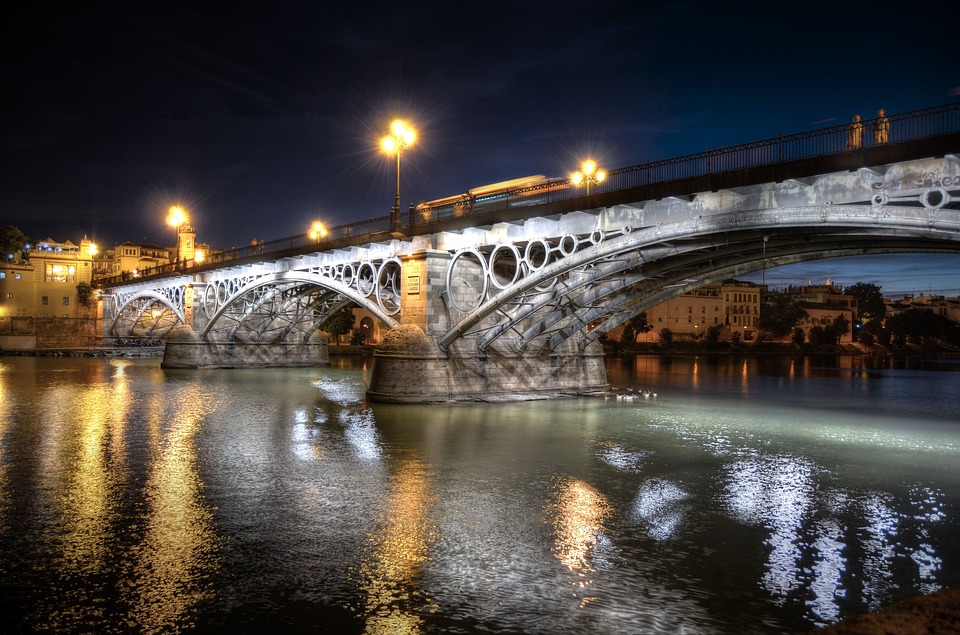
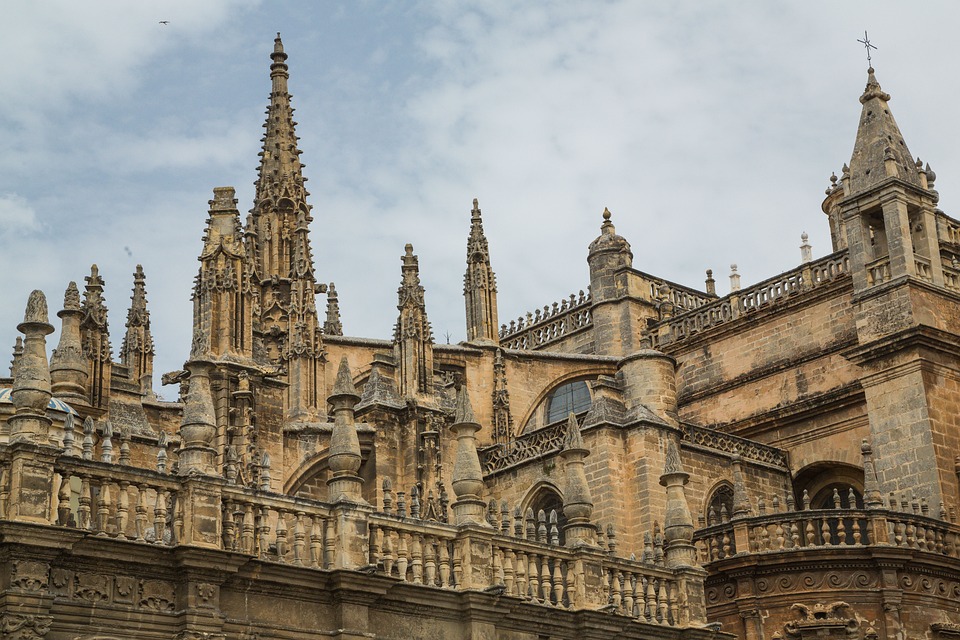
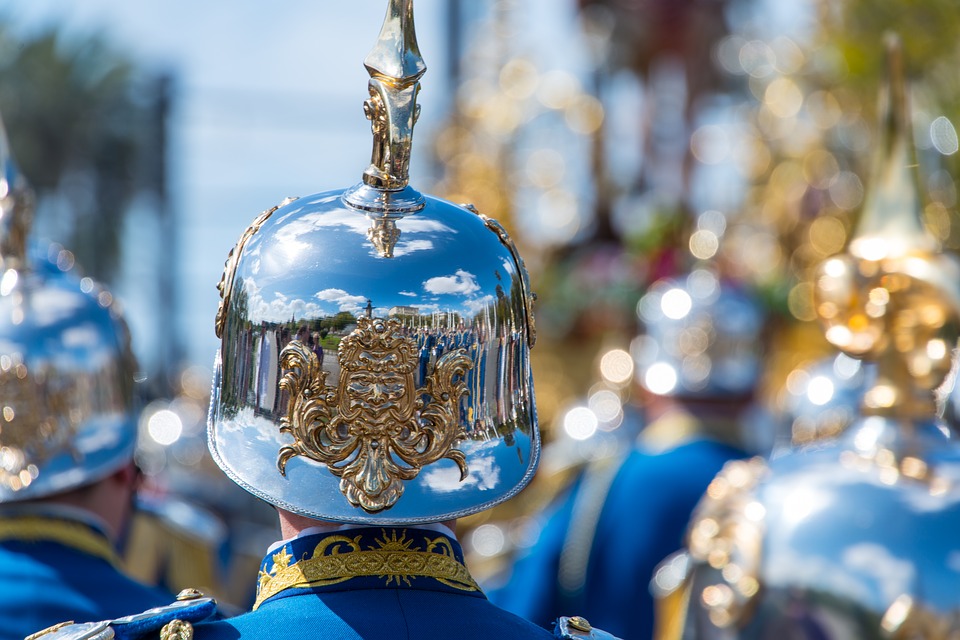
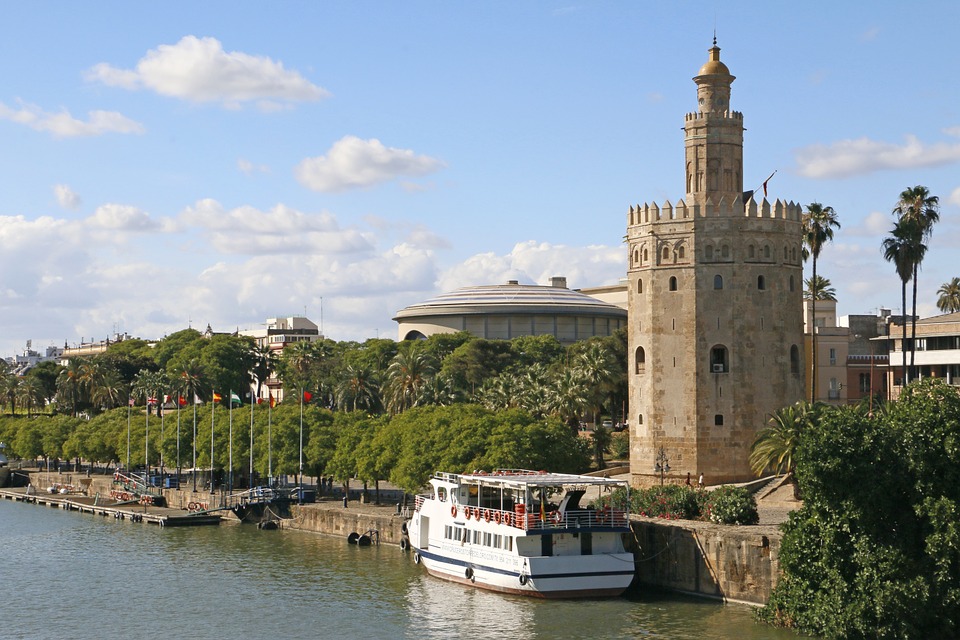
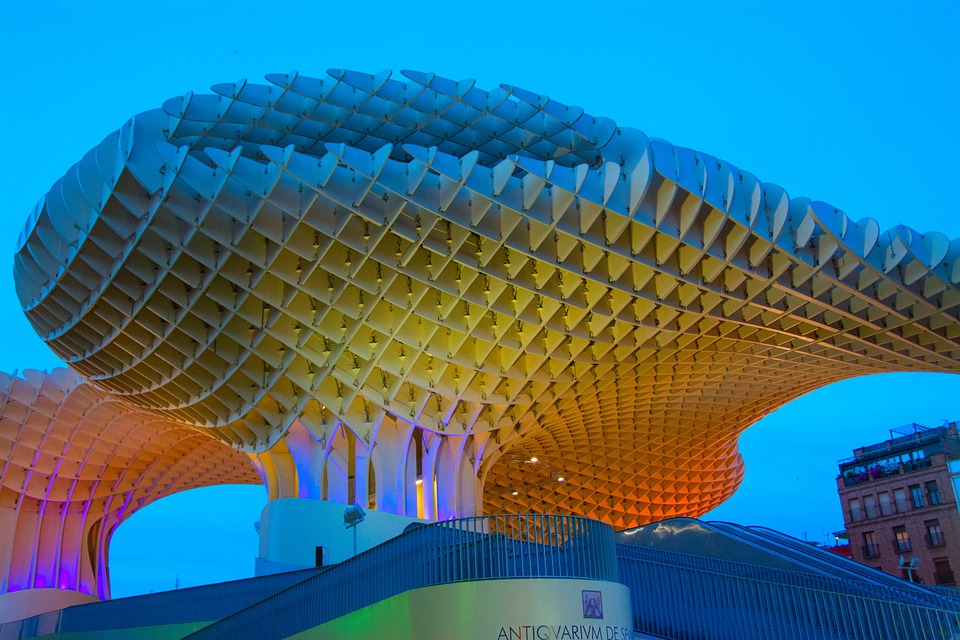
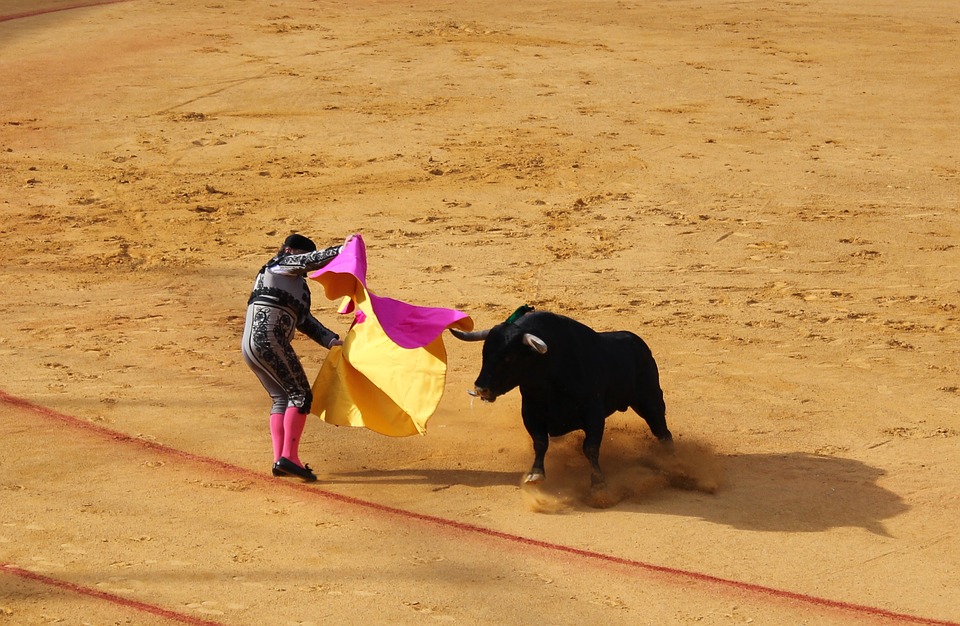
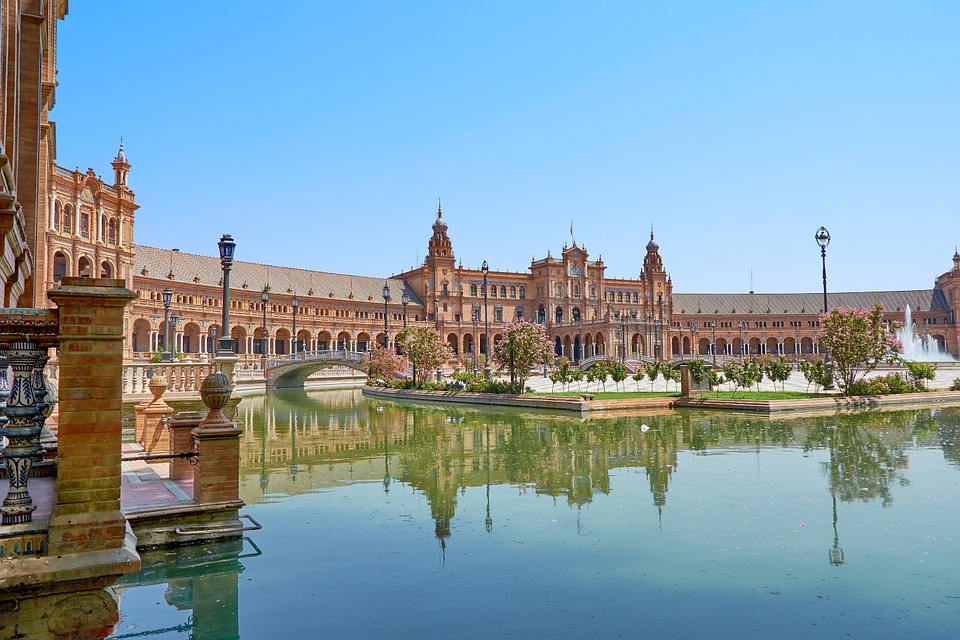
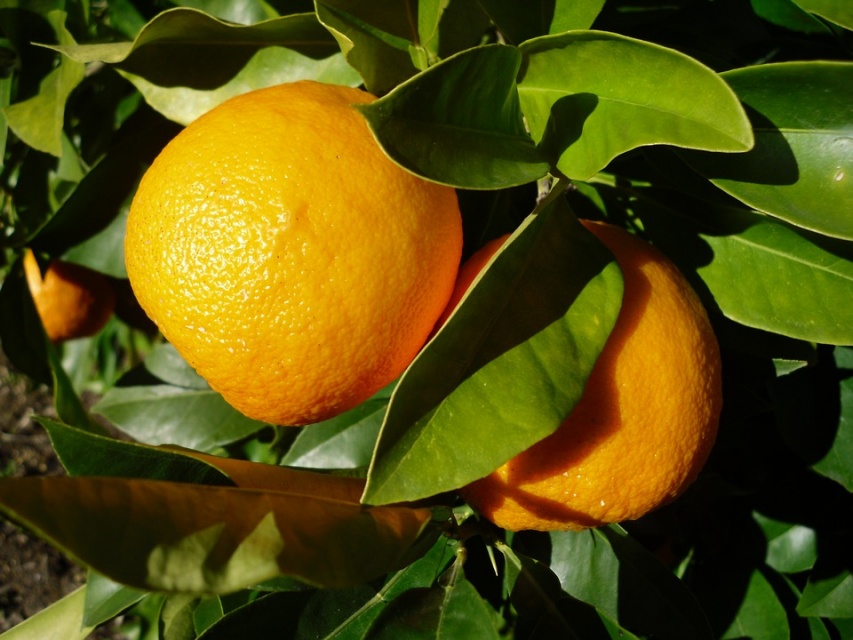
According to legend, the foundation of Seville can be traced back to the mythical city of Tarsis, founded by Hercules and which he gave to his son Híspalo, hence its former name: Híspalis.
Its origins go back to the VIII century b.c., during the periodo tartésico *** tartary period, starting with a settlement named Ispal. In this town trading took place with Greek, Carthaginian and Phoenician sailors. It was destroyed in the II century b.c. in the wars between Carthaginians and Romans. When the Punic wars ended, it was reconstructed by the Romans and renamed Hispalis.
Also in Roman times in formed part of Hispania Ulterior and following the administrative division of the Emperor Diocletian it became art of Betica.
With the fall of the Roman Empire, the vandals entered the city in 428. They destroyed many buildings, and were later ousted by the goths. In the year 573 the city is taken by Leovigildo. From this era comes the importance of the bishops St. Leandro and St Isidor, author of the las Etimologías *** Etymologies.
During the Al-Andalus period, in the early years of the VIII century, the Arabs arrived under the leadership of the general Musa ibn Nusayr converting Seville into one of the most beautiful cities of Al-Andalus. It began to become known as Isbiliyya.
In the IX century the Normans attacked Seville, causing serious damage, and they were finally repelled by Abderramán II who then fortified the city. From the year 1013 onwards, during the reign of the taifas, the city enjoyed a period of prosperity.
The almoravids also passed through the city, from 1086 onwards, as did the almohads, from 1144 on. Its economic prosperity in this period is due to its trade with North Africa. The Great Mosque is built, and the Giralda, one of its towers, is still with us today.
The Christian conquest was led by Fernando III in the year 1248.
The discovery of America is another impetus for Seville. In 1503 the Casa de Contratación (Contract House) was founded to check all persons and goods travelling to or from America. The city continues to prosper due largely to its port. It becomes one of the most important cities in the Western World. This prosperity influences the architectura, religious imagery and painting.
Due to the increase in size and draught of ships, it began to become difficult for these to enter the port via the Guadalquivir, and for this reason at the beginning of the XVIII century, all trade with the American continent was transferred to the city of Cadiz, more suitable for this activity, and so Seville entered a period of decline.
During the XIX century it is internationally renowned, through the stories told by the numerous travelers who visited the city.
With the Ibero-american Exhibition held in 1929, the modernisation of the city in the XX century begins, creating an urbanistic infrastructure as required.
Source by: Andalucía tourism
What is tapas really? Tapas is the heart of our gastronomic culture: small plates of homemade and traditional specialties, and surprising creations of chefs; brushstrokes of intense flavours, suggestive products of the highest quality … A way of eating that fits a way of life. Live the food, eat the life.
And what does it mean to go to “eat tapas”? Try it for yourself: walk among monuments, stop at a bar and ask for tapas, continue to discover the city, try a second dish of tapas in another bar, and so on … and so deliciously.
Here we enjoy gastronomy in small and intense dishes.
The bars of Seville are a real spectacle. From the tapas that sings, to the extraordinary agility in the service, through to the general atmosphere of joy … The gastronomic experience is also enriched with this combination of inventiveness and sympathy.
You have no excuse, come and enjoy the tapas in Seville. Enjoy!